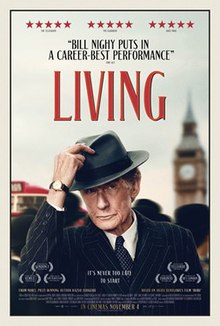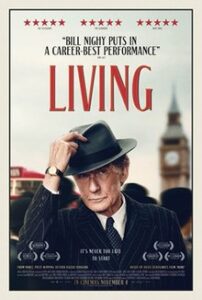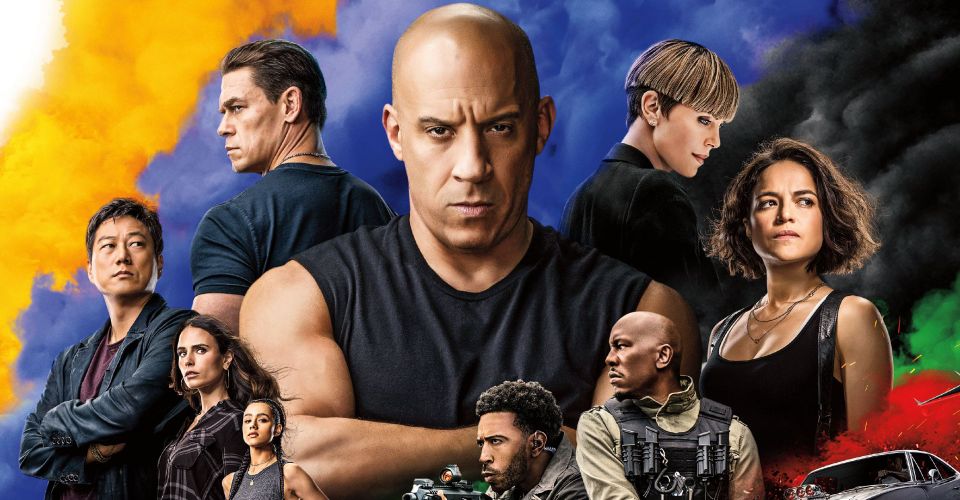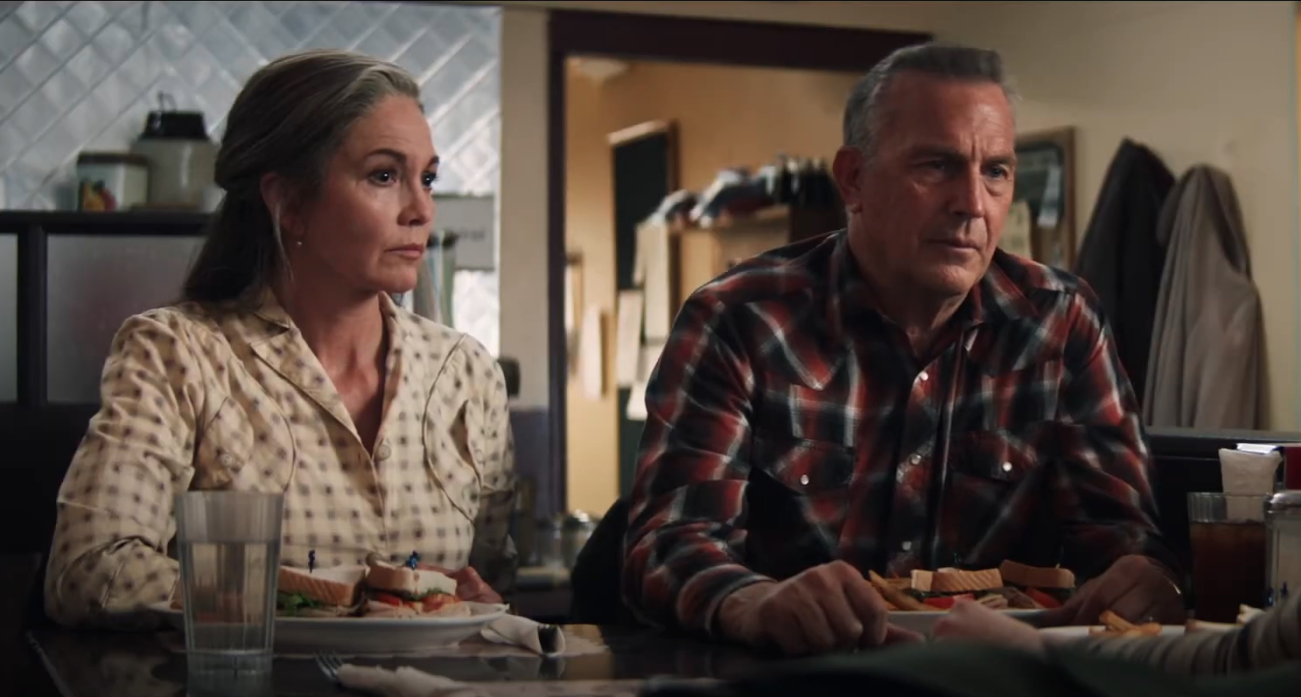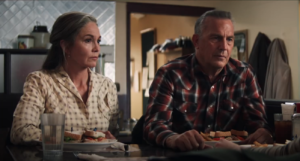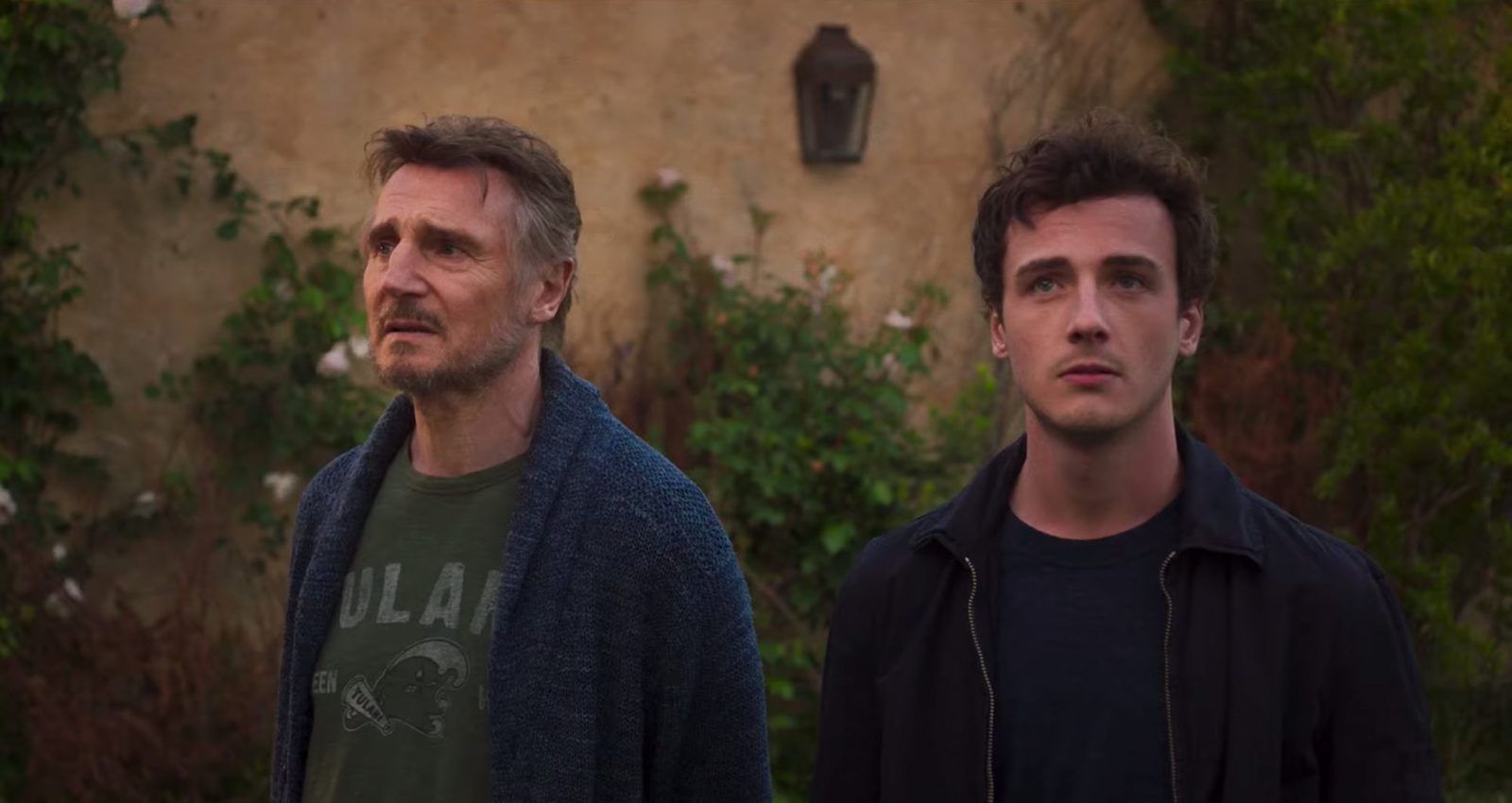Kung Fu Panda 4
Posted on March 7, 2024 at 6:33 am
B +| Lowest Recommended Age: | Kindergarten - 3rd Grade |
| MPAA Rating: | Rated PG for martial arts action/mild violence, scary images and some mild rude humor |
| Profanity: | Some schoolyard language |
| Alcohol/ Drugs: | None |
| Violence/ Scariness: | Extended action-style peril and martial arts fight scenes |
| Diversity Issues: | None |
| Date Released to Theaters: | March 8, 2024 |
| Date Released to DVD: | April 25, 2024 |
Skidoosh! Jack Black returns as Po in the fourth chapter of the saga about the big-hearted panda who has become a kung fu master with the title of Dragon Warrior, and earned the gratitude of his community and the respect of his colleagues, the Furious Five. If you don’t know who they are, don’t worry; they are briefly seen and not heard (very expensive voice talent) in this film.

But there’s plenty of top-level voice talent anyway, with Dustin Hoffman returning as the red panda Master Shifu, Viola Davis as The Chameleon, Black’s “Jumanji: Welcome to the Jungle” co-star Awkwafina as a fox named Zhen. Also returning are Po’s two dads, his adoptive father, the excitable Mr. Ping (James Hong) and the cuddly and fearful Li (Bryan Cranston), now close friends.
A brief prologue shows the return of the first villain Po defeated, Tai Lung (Ian McShane), apparently escaped from the spirit world determined “to take what is mine, which is everything that is yours.”
Po is happy as the movie begins. He is respected and beloved in his community and welcomes customers to Mr. Ping’s expanded restaurant. He signs autographs and poses for pictures (created with a paintbrush). He has accepted the staff of wisdom from Master Shifu without really thinking about what it means — that it is time for him to ascend to the next level, “passing on wisdom and inspiring hope,” and select a successor Dragon Warrior. Po is proud of achieving that title and reluctant to let it go. When he meditates on a new Dragon Warrior, his mind quickly moves from “inner peace” to “dinner, please.”
Tai Lung has not returned. That was an even more dangerous villain, The Chameleon, a shapeshifter with powerful magic. Po meets Zhen, a thief and a liar who grew up on the streets of Juniper City. She promises to bring him to The Chameleon. But can she be trusted?
This fourth chapter meets or exceeds the vibrance and heart of the first three films. The animation is superb, with outstandingly imagined settings, camera angles, styles, and action scenes. The gentle exploration of the conflicting feelings about growing up is sensitive and insightful. Awkwafina is, as always, funny and endearing in her portrayal of a character who is seeing what it means to be trustworthy and kind for the first time. The Chameleon, marvelously designed, with voice by Davis, is an excellent villain, imperious, steely, and ruthless. And there are a number of funny supporting characters, including Oscar winner Ke Huy Quan as the leader of the underground lair of thieves, and a trio of deceptively cute but secretly bloodthirsty little creatures. The balance between action and humor is just right, with a very funny bulls in a china shop moment and a precariously balanced tavern. And Po is, as always, an appealing hero, always on the side of helping others but still with more to learn.
Parents should know that this film includes extended action- and cartoon-style scenes of martial arts peril and violence, some schoolyard language (“screwed up,” etc.), and references to orphanhood and neglect. Some families may be sensitive to the portrayal of an adopted character who is equally devoted to his biological and adoptive father.
Family discussion:
If you like this, try: the other “Kung Fu Panda” movies and “Jumanji: Welcome to the Jungle” with Black and Awkwafina


